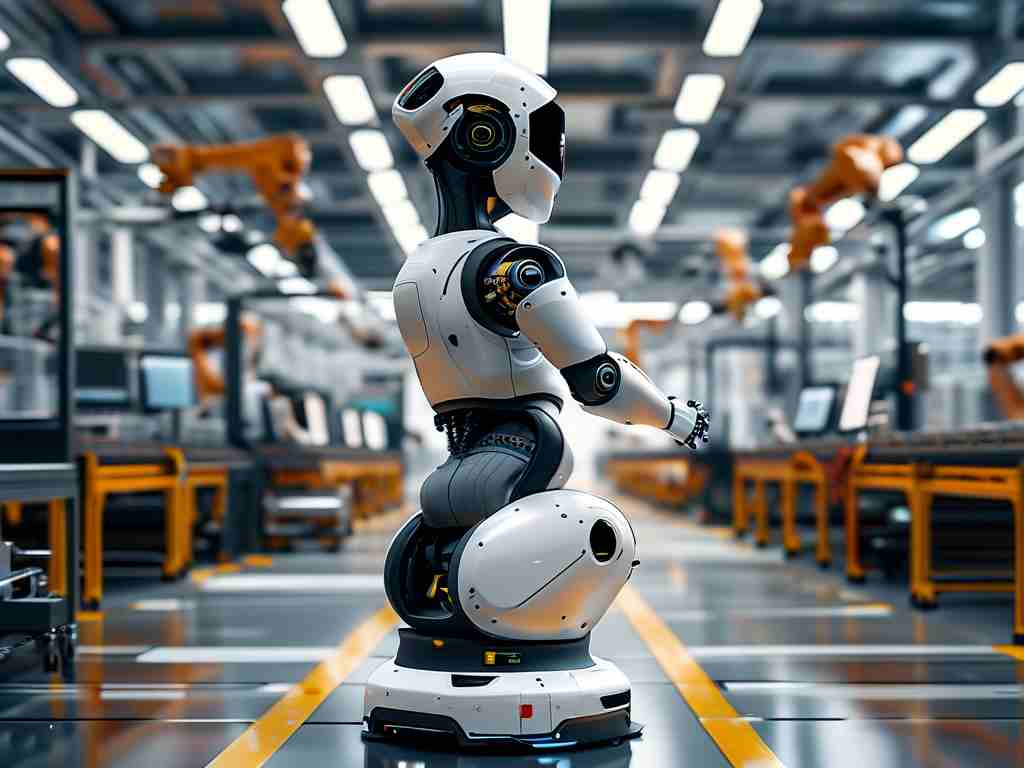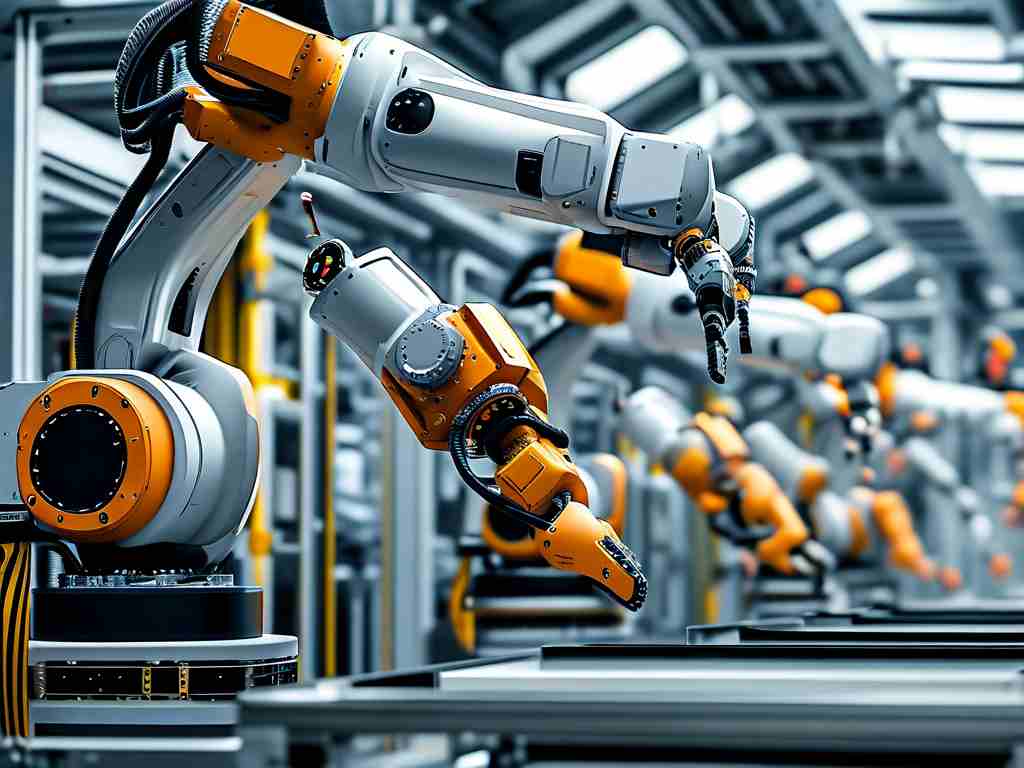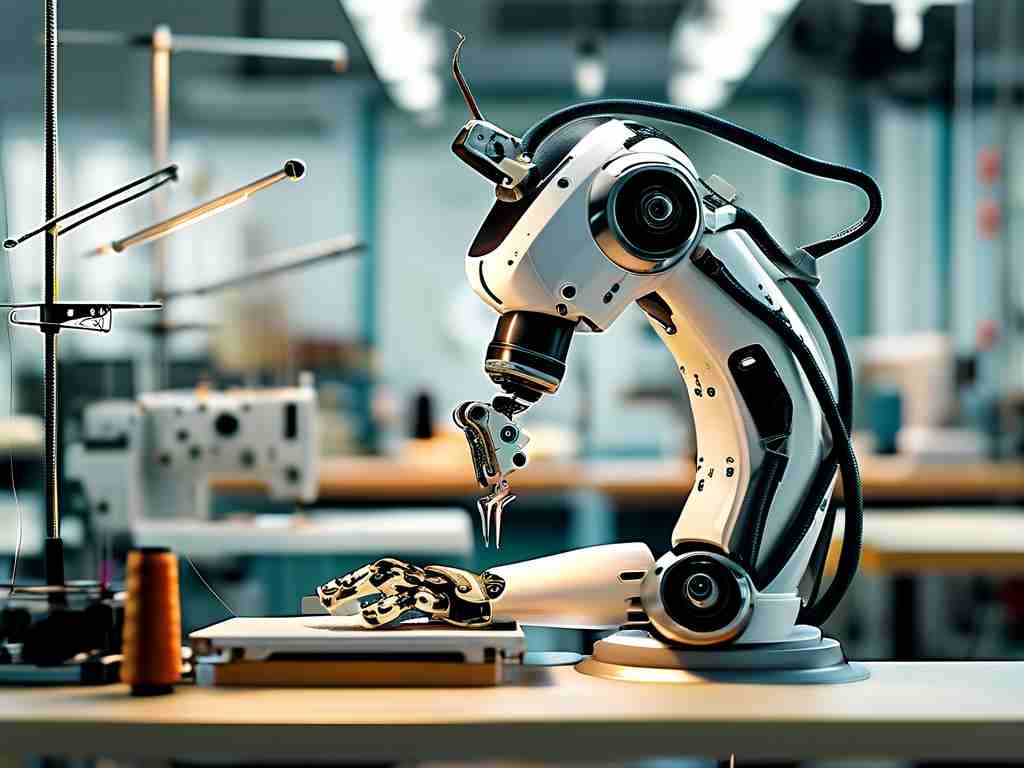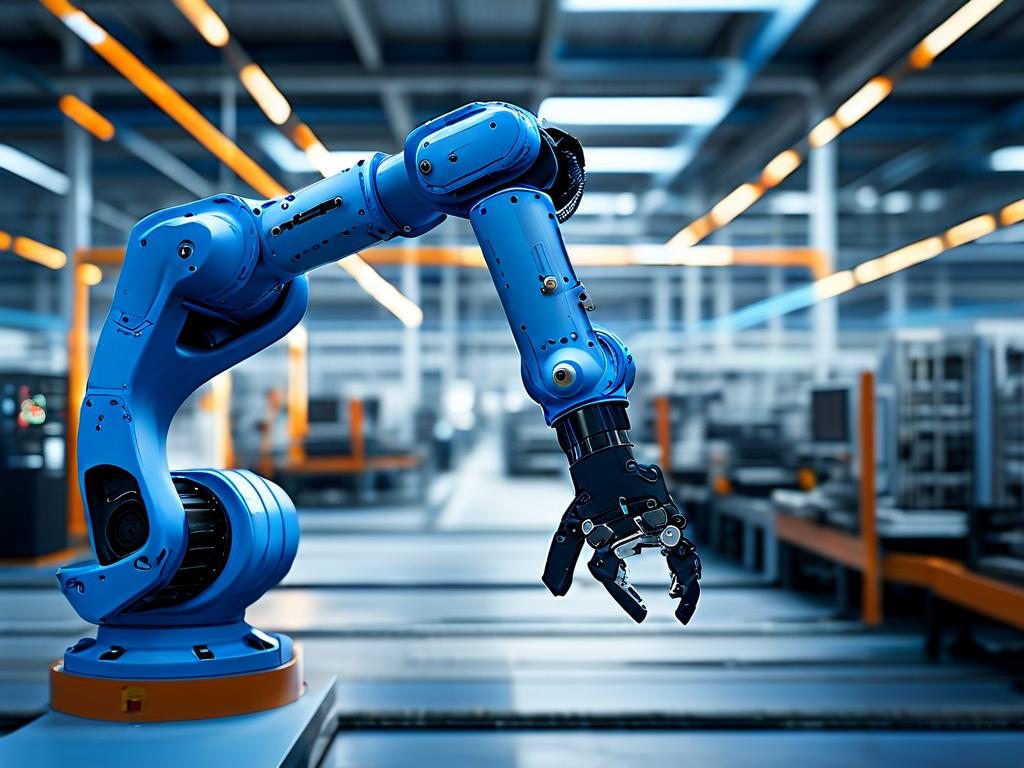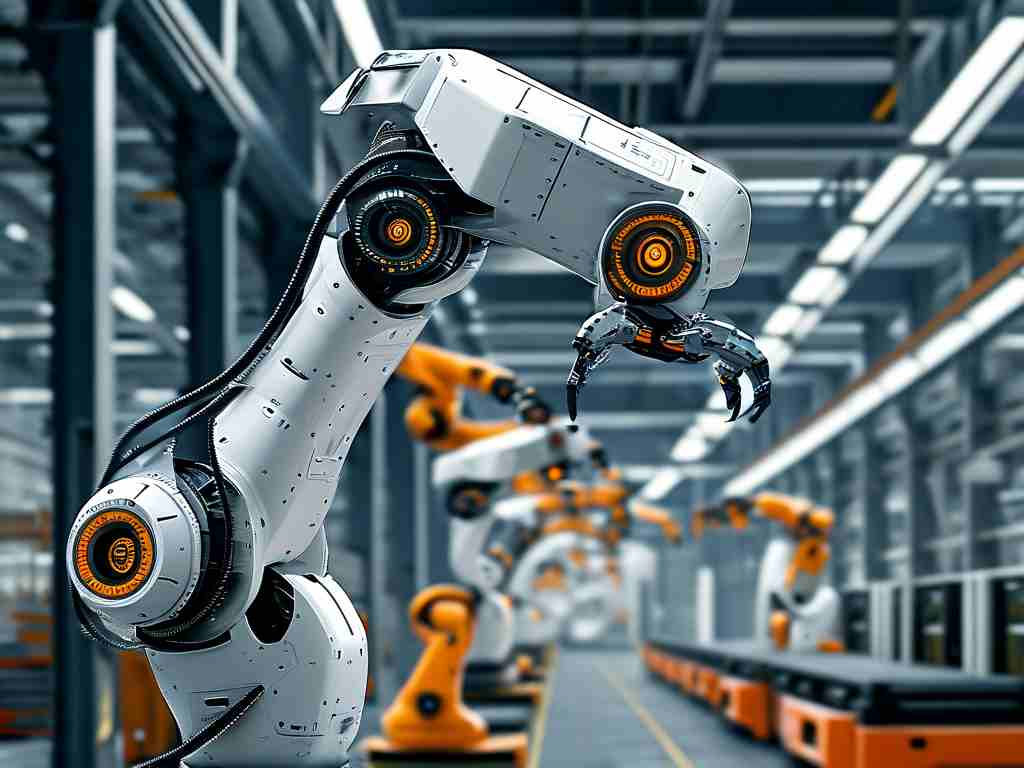Robot tactile sensing technology represents a groundbreaking frontier in robotics, enabling machines to perceive and interact with their environment through physical touch. This capability mimics human sensory systems, allowing robots to handle delicate tasks with unprecedented precision. The core of this technology lies in advanced sensors that detect pressure, texture, and force, transforming raw data into actionable feedback. For instance, capacitive sensors measure changes in electrical fields when objects contact a surface, providing high sensitivity for applications like fruit picking where gentle handling is crucial. Similarly, piezoelectric sensors convert mechanical stress into electrical signals, ideal for industrial robots assembling small components without damage. Optical tactile sensors use light patterns to map surface details, supporting medical robots in performing minimally invasive surgeries with real-time feedback.
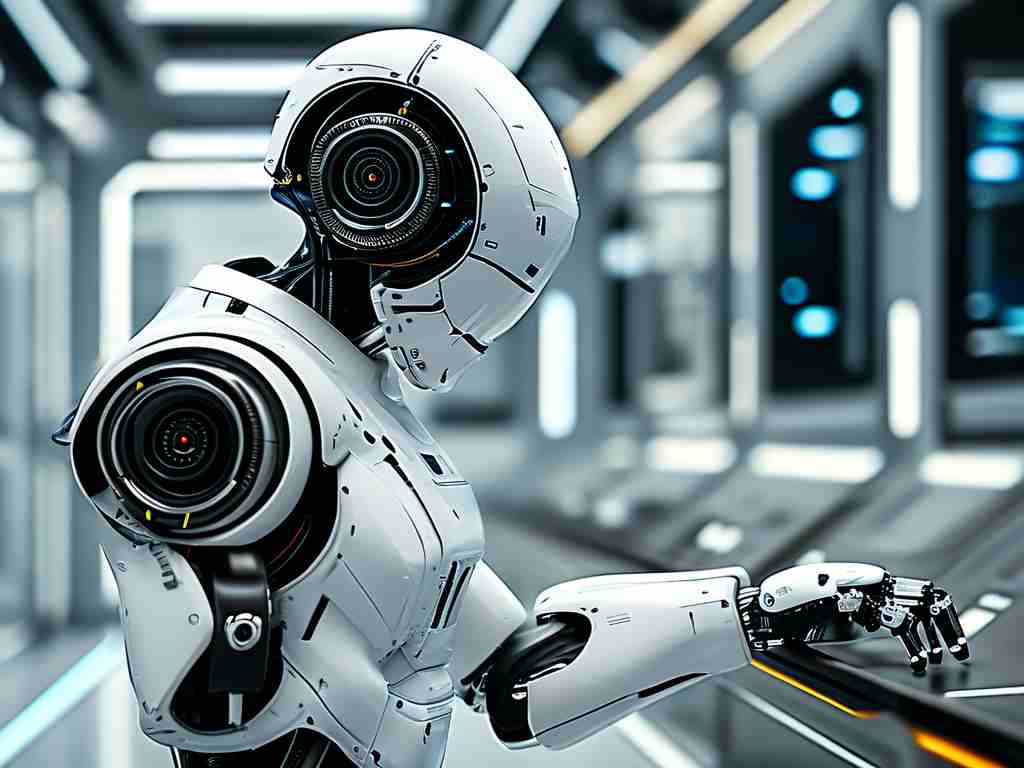
Beyond hardware, sophisticated algorithms process tactile data, integrating with artificial intelligence to enhance decision-making. Machine learning models train robots to recognize patterns, such as distinguishing between soft and hard materials, which is vital for adaptive manufacturing lines. A simple code snippet illustrates this integration:
# Example Python code for tactile data processing import numpy as np from sklearn.ensemble import RandomForestClassifier # Simulate sensor data (pressure readings) tactile_data = np.array([[0.5, 0.8], [1.2, 0.3], [0.9, 1.5


